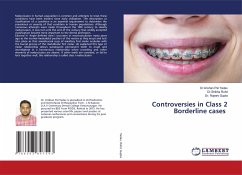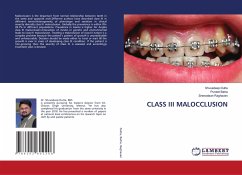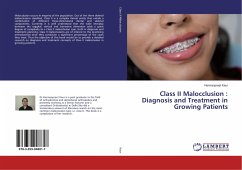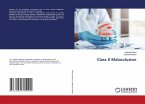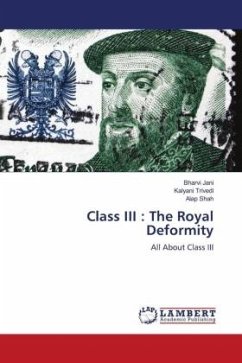Malocclusion in human population is common and attempts to treat these conditions have been evident since early civilization. The description or classification of a condition is an essential requirement to determine the prevalence or severity of that condition in human populations. Although numerous attempts were made throughout the 19th century to classify malocclusion, it was not until the end of the century that widely accepted classification became more important to the dental profession.Edward H. Angle defined class I occlusion or neutroocclusion many years ago as the normal mesiodistal position of the molars as they erupt and lock into place so that mesiobuccal cusp of maxillary first molar occludes with the buccal groove of the mandibular first molar. He explained this type of molar relationship allows subsequent permanent teeth to erupt and interdigitate in a harmonious relationship when crowding and other elements of malocclusion are absent. If other teeth are crowded, or fail to lock together well, the relationship is called class I malocclusion
Bitte wählen Sie Ihr Anliegen aus.
Rechnungen
Retourenschein anfordern
Bestellstatus
Storno

